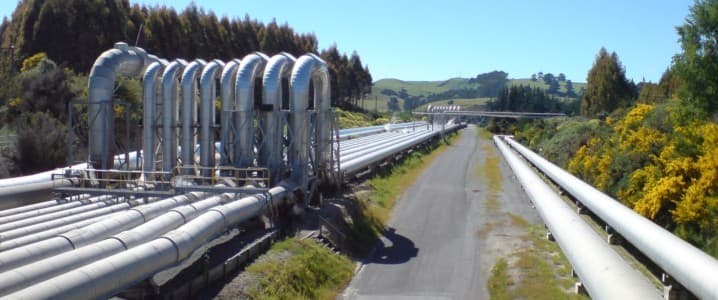North America’s liquefied natural gas export capacity could more than double by 2029 as new terminals across the United States, Canada, and Mexico move toward completion, according to the U.S. Energy Information Administration (EIA). The agency’s latest forecast, reported by Reuters, projects a jump from roughly 14 billion cubic feet per day (bcf/d) in 2024 to more than 29 bcf/d by 2029.
The EIA attributes the increase to seven large U.S. export terminals under construction, including Golden Pass LNG, Plaquemines LNG, and Driftwood LNG. The projects, once operational, would position North America to supply nearly 40 percent of global LNG capacity by the end of the decade.
Delays, however, remain a risk.
The Golden Pass venture, backed by QatarEnergy and ExxonMobil, has sought a deadline extension until 2029 after contractor Zachry Group filed for bankruptcy, forcing a partial suspension of construction earlier this year. The joint venture told regulators that labor and equipment bottlenecks have pushed first LNG production beyond 2025, though some commissioning work continues at the Texas site, according to East Daley Analytics and RBN Energy.
Venture Global’s Plaquemines LNG project in Louisiana is targeting late 2026 for Phase 1 and mid-2027 for full capacity after revising its capital cost by roughly $2 billion to reflect higher construction and materials expenses, per Reuters. The developer has secured long-term supply agreements covering nearly all 20 million tonnes per year of capacity, and recently asked federal regulators for an extension to align the project’s schedule, according to the Federal Register notice.
Driftwood LNG, now operating under the name Louisiana LNG Infrastructure, began site work in September 2025 following a change in ownership to Woodside Energy. The $17.5 billion project, located near Sulphur, Louisiana, has received new state and federal permits but remains in early construction with no confirmed commissioning date, according to KPLC News.
Despite schedule uncertainty, the EIA said that most Gulf Coast facilities have reached final investment decisions, backed by long-term supply contracts with buyers in Europe and Asia seeking to reduce dependence on Russian gas.
By Tom Kool for Oilprice.com
More Top Reads From Oilprice.com:

